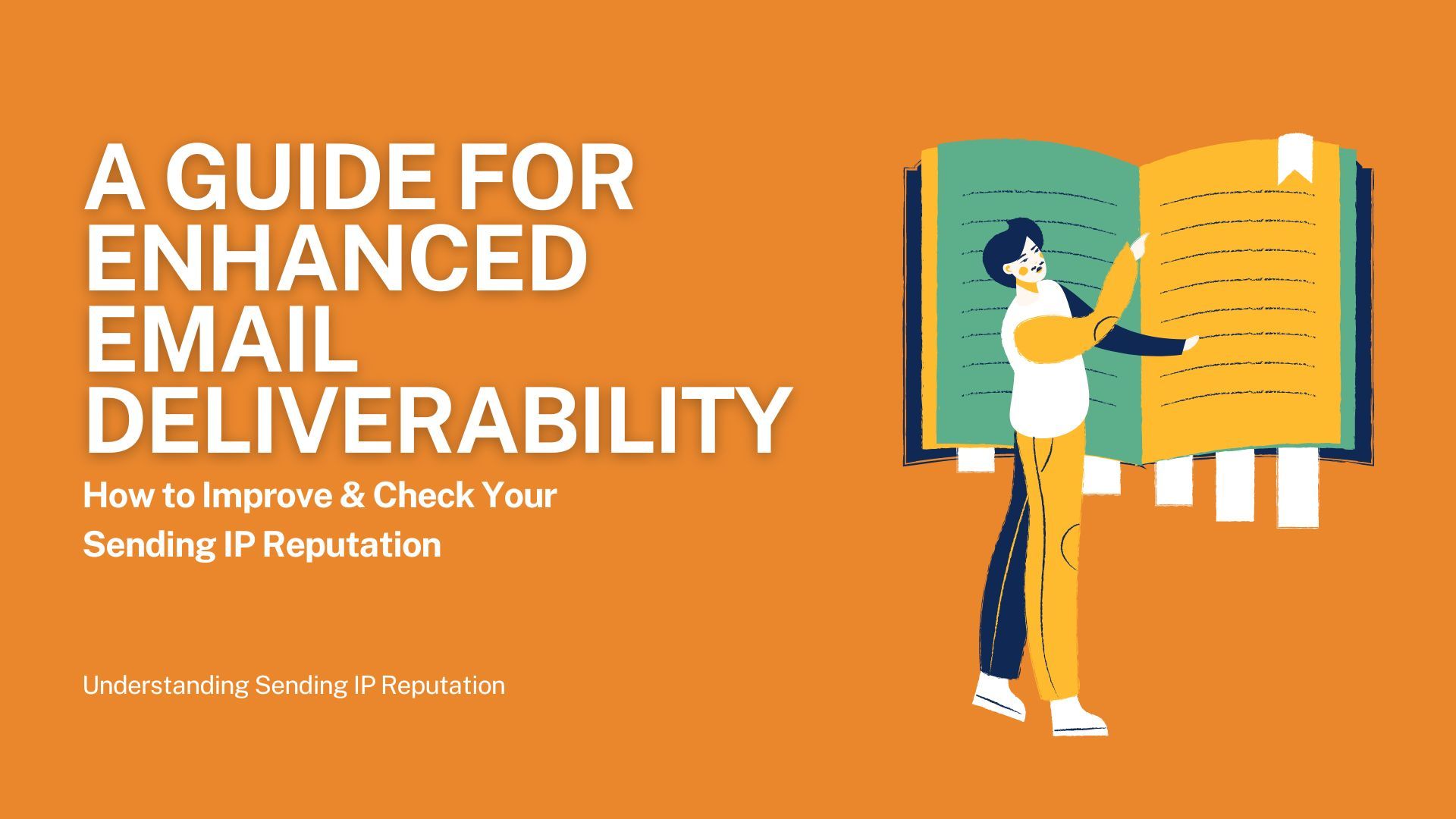Boost Your Sending IP Reputation for Better Email Deliverability
 Published by Bulk Mail Verifier
Published by Bulk Mail Verifier
Introduction
Your sending IP reputation is a critical factor in ensuring successful email deliverability. It indicates the trust level that mailbox providers have in your IP based on past activities. By understanding and monitoring your sending IP reputation, you can significantly enhance your email marketing campaigns. This guide will explore the steps to improve and check your sending IP reputation, helping you maximize the effectiveness of your outreach.
Understanding Sending IP Reputation
What is Sending IP Reputation?
Sending IP reputation is influenced by your past sending behavior, including factors like spam complaints and bounce rates. A positive reputation leads to better inbox placement, while a negative one can result in emails being flagged as spam. Your IP reputation can be unique or shared, depending on whether you use a dedicated or shared IP.
Factors Affecting IP Reputation
Several factors determine your IP reputation, including:
- Spam Complaints: High complaint rates harm your reputation.
- Bounce Rates: Frequent bounces indicate poor list hygiene.
- Sending Volume: Sudden spikes can trigger spam filters.
- Blacklist Listings: Being on a blacklist can severely impact deliverability.
Checking Your Sending Reputation
Tools for Monitoring
Regularly monitoring your sending reputation is crucial. Here are some tools you can use:
- Google Postmaster Tools: Provides insights into your domain and IP reputation.
- IP Reputation Dashboard: Offers a comprehensive view of your IP's standing.
- Mail Tester: Tests your email for potential issues affecting deliverability.
Leveraging SenderScore
** A higher SenderScore indicates a better reputation. Utilize this tool to gain insights and optimize your sending practices.
Improving Your IP Reputation
Steps to Enhance Reputation
- Switch IPs if Necessary: If your reputation is poor, consider starting fresh with a new IP.
- Optimize Sending Practices: Avoid large email blasts; maintain a consistent sending volume.
- Address Blacklist Issues: Follow delisting processes promptly if blacklisted.
Proactive Measures
Implement proactive email validation methods to reduce bounce rates and spam complaints. Services like BulkMailVerifier.com can help ensure your email lists are clean and valid, supporting a strong sender reputation.
Conclusion
By following the best practices outlined in this guide, you can effectively improve and monitor your sending IP reputation. This will enhance your email deliverability, increase inbox placement rates, and ensure the success of your email marketing campaigns. Regularly check your IP reputation using reliable tools, make necessary adjustments to your sending practices, and strive to maintain a positive sending reputation over time. For more detailed assistance, consider leveraging services from BulkMailVerifier.com.
Take control of your email deliverability today and watch your campaign success soar!